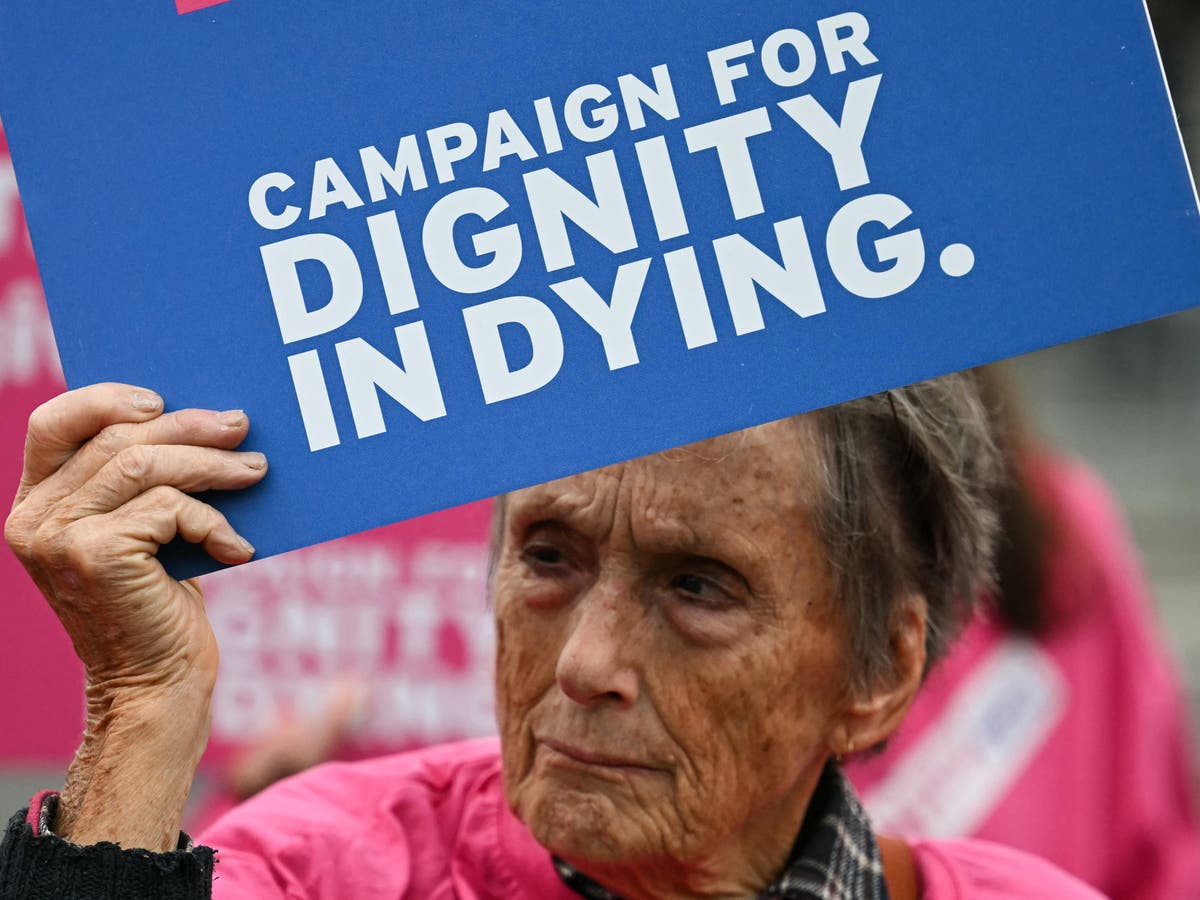People who develop multiple sclerosis (MS) as children and grow up in less advantaged neighborhoods may have a larger volume of inflammation and brain tissue loss on imaging than those who grow up in more advantaged neighborhoods, according to a study published in the November 27, 2024, online issue of Neurology ® , the medical journal of the American Academy of Neurology. MS rarely develops in children. About 5% of people with MS are diagnosed before age 18.
In addition to neighborhood location, worse brain imaging outcomes were also seen among people who self-identified as Black or Latino, those from families where the parents had lower education levels, and those who had public health insurance, which is used as a marker of low household income. "Our findings suggest that social disadvantage in childhood can have lasting effects on MS severity," said study author Kimberly A. O'Neill, MD, of New York University Grossman School of Medicine.
"Childhood is a critical time for exposure to environmental factors associated with increased susceptibility to MS, such as passive smoke, pollution and low sunlight exposure. More studies are needed to understand which and how factors in disadvantaged neighborhoods increase the risk for MS severity in young people." The study involved 138 people with an average age of 20 who were diagnosed with MS before age 18, known as pediatric onset MS.
They had been diagnosed with MS for an average of four years. All had brain scans to measure area.

















